For the three months ended in February, Apple had 38.9 percent of the U.S. smartphone market, up from 35 percent for the same period ending in November. Android fell to 51.7 percent over the same period, down from 53.7 percent.
The United States is not the world, but it is a leading market for smartphones. So, it's worth paying attention to these trends.
Apple has been able to eat into Android's lead thanks to increased distribution and lowered pricing. The iPhone wasn't available from Verizon until February 2011, four years after it debuted on AT&T. It later joined Sprint, then some regional carriers, and this year it's going to T-Mobile.
Apple offers the iPhone at a variety of prices on Verizon and AT&T, from $0 to over $400. A free-on-contract iPhone has made it an option for more people.
Android is a great operating system available on a number of excellent phones, some with gigantic screens. It's odd that it's gone flat. It's not just a U.S. phenomenon for Android, either.
 Your new post is loading...
Your new post is loading...
 Your new post is loading...
Your new post is loading...




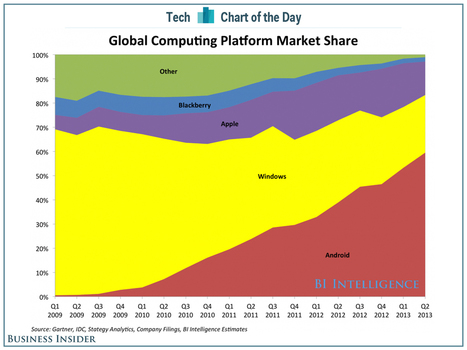

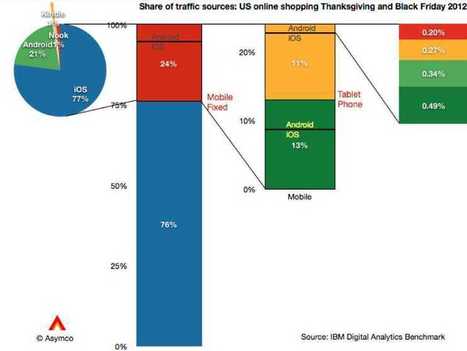
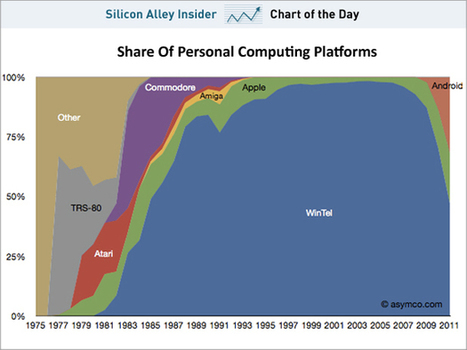

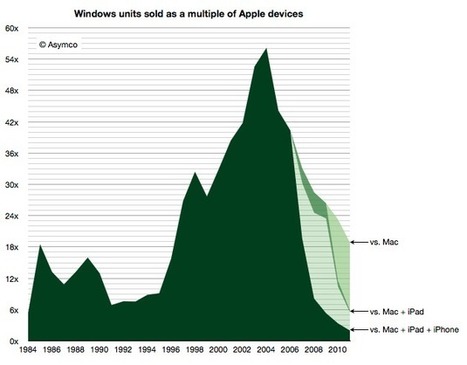
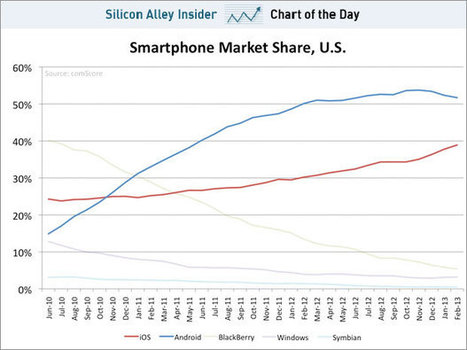

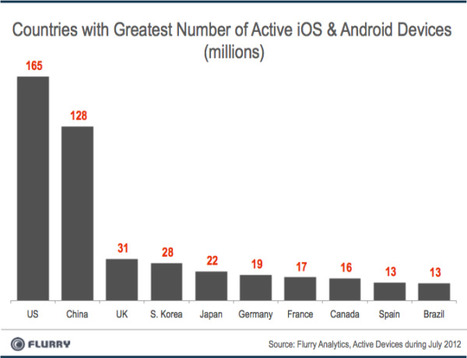
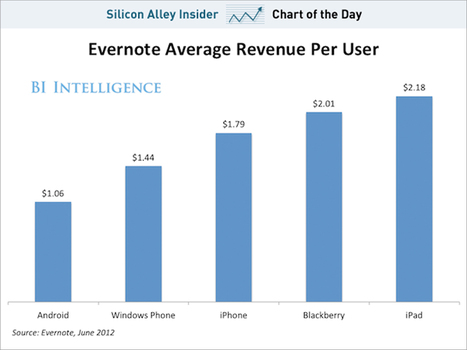





Computing Platform War : Microsoft shrinks from 70% to 24% in just 4 years while Android inflates from 0 to 60%
Two comments : 1/ other have just vanished 2/ how does Android fragmentation weigh in ?